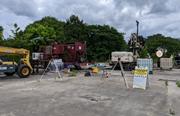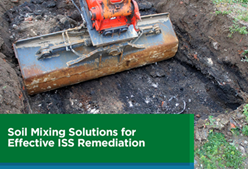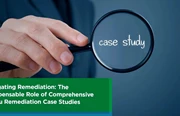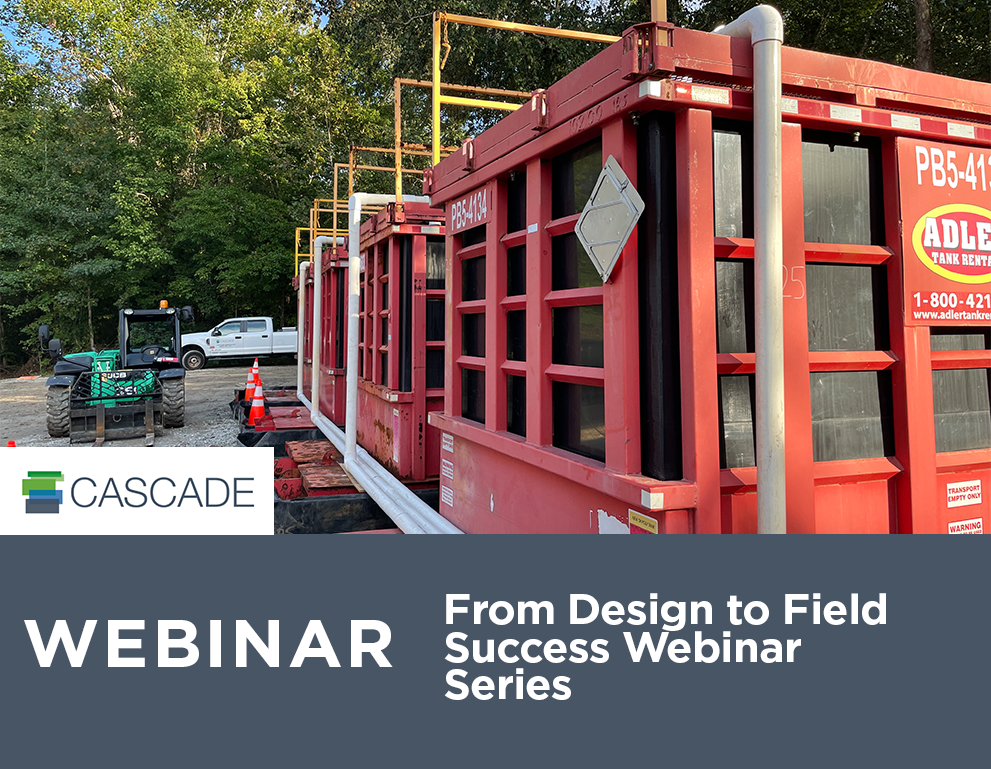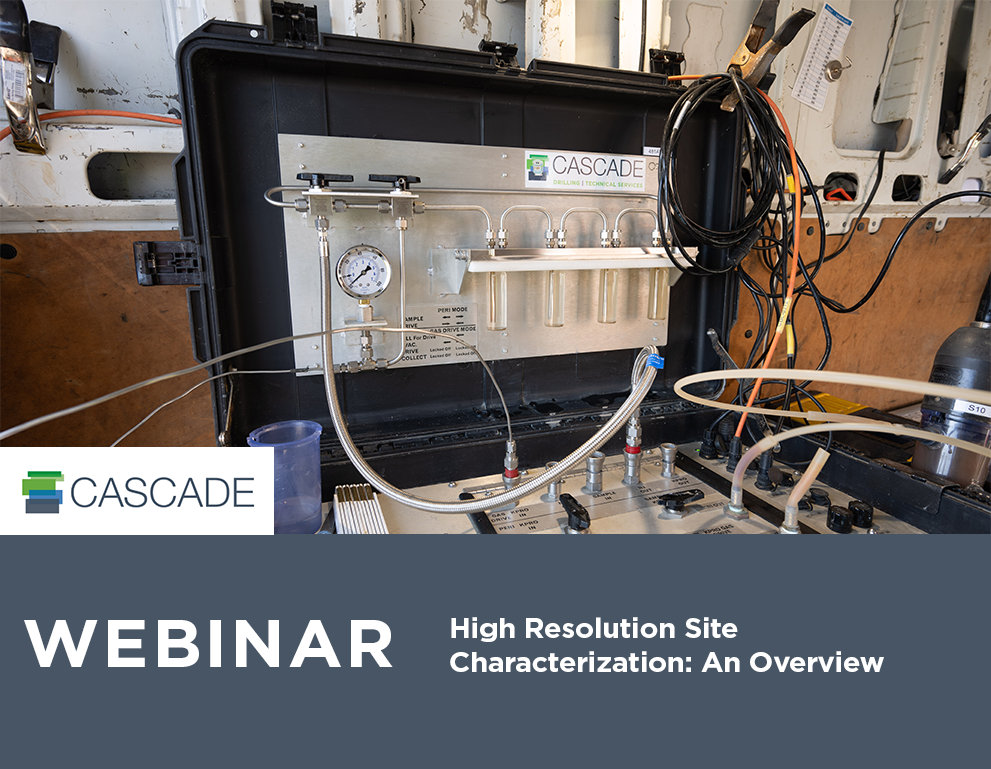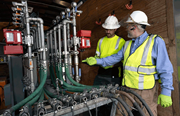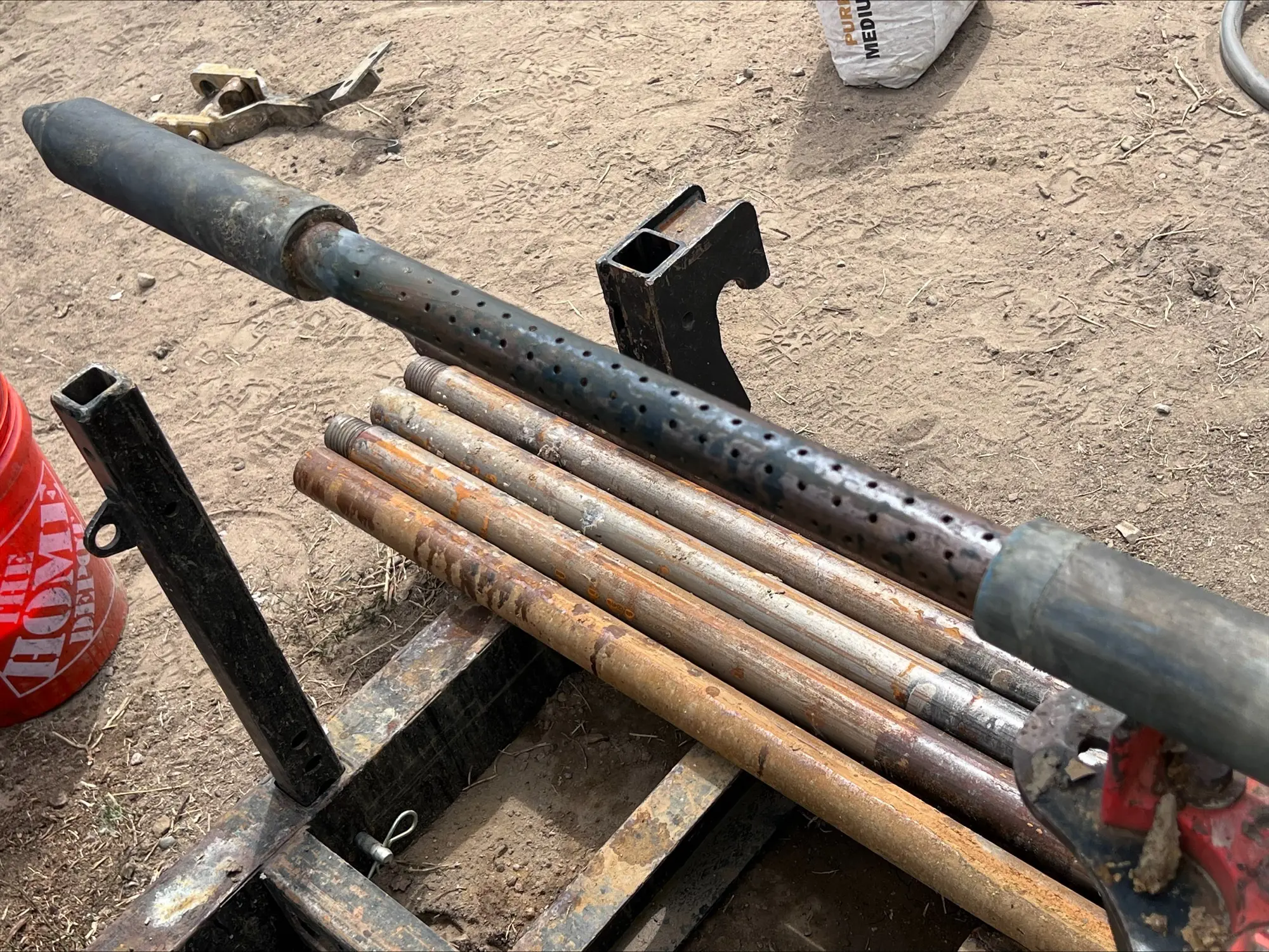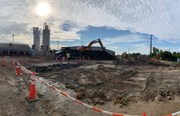5 Things to Know About Zero-Valent Iron
By: Cascade EnvironmentalZero-valent iron (ZVI) is an accepted and widely used remedial amendment for in situ chemical reduction applications. But if you’ve never implemented a ZVI remedy, what do you need to know before using it as an alternative for your site? In this blog post, I will highlight a few key areas that need to be considered.
1. TYPES OF COMMERCIALLY AVAILABLE ZVI
Several types of ZVI exist. The most common ZVI form is cast iron from recycled engine blocks. Other forms include atomized, CO reduced, water atomized, centrifugal atomized, hydrogen reduced, and electrolytic. The differences between these types include purity, size and, of course, cost.
2. SIZES OF ZVI
Size does matter when it comes to ZVI. Typical ZVI sizes are grouped as granular, powder, colloidal and nano. The larger particle sizes provide overall longevity, while nano ZVI is highly reactive and expended quickly. When choosing which size to use for your project, you’ll need to consider the ZVI surface area, geology, method of distribution, and remedy life expectancy. Range of particle size is also a large consideration based on site geology.
3. ZVI PASSIVATORS
While ZVI is a robust technology, geochemical factors in groundwater can affect the reactivity and longevity. We call these parameters “passivators.” They include sulfate, nitrate, oxygen, carbonate, silica, phosphate, chromate, and microbial activity. Before designing your ZVI remedy, you must have a robust understanding of the existing passivators in the subsurface. This is key to the success of your project, as it helps determine if you need to pre-treat the groundwater to reduce passivators.
4. ZVI APPLICATIONS
While ZVI has been predominantly used in permeable reactive barriers (PRBs) as far back as 1995 in Sunnyvale, CA, other ZVI methods of emplacement include injection, fracturing, trenched in, ZVI column installation, and shallow soil mixing using soil mixers or buckets and deep auger soil mixing. The trend for future usage reflects the wider range of acceptable methods to distribute ZVI.
5. COMBINED REMEDY OPTIONS
ZVI has advanced in this century as a combined alternative with biosubstrates and/or bioaugmentation as a biotic/abiotic approach. Some sites’ source areas have been successfully treated with in situ chemical oxidation using permanganate upgradient from downgradient installed ZVI PRBs.
You can download the latest research about ZVI’s prevalence, differences, usage and trends.


